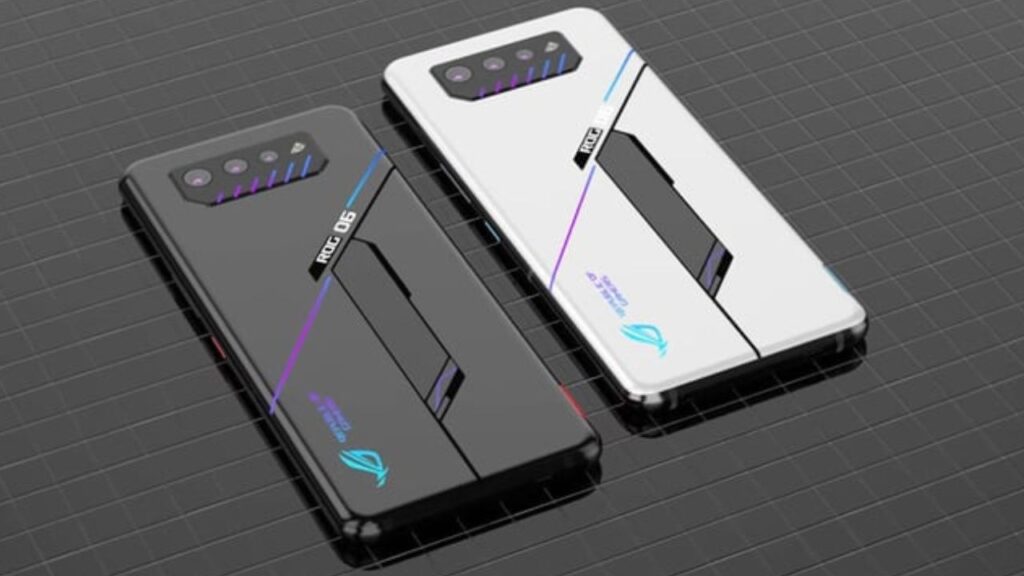Google has been rapidly shifting gears with its product launches, signaling a major change in its release cycle. This year, the company is breaking away from its traditional schedule, speeding up the timeline for its Pixel phones and Android updates. With the Pixel 9 series already arriving earlier than expected, eyes are now on the Google Pixel 9a, which is set to follow this trend.
Pre-Order Opens in March 2025
In an unexpected move, the Pixel 9a will be available for pre-order by mid-March 2025, with shipping and in-store availability rolling out before the month’s end. According to multiple reports, this is the new normal for Google’s a-series. Expect the Pixel 10a to make its debut in March 2026 as part of this accelerated timeline. For those curious about customization, the Pixel 9a will come in four distinct colors: Porcelain, Obsidian, Peony, and Iris.
This change in schedule is supported by the earlier-than-usual appearance of CAD renders for the Pixel 9a. It also fits into Google’s broader strategy, as the Pixel 10 series is expected in August. This shift suggests that Google wants its a-series and flagship devices to align more closely in release timing.
Google’s Timeline Adjustment
This isn’t just about the Pixel 9a—Google appears to be rethinking its entire release cadence. The Pixel 9 series launched in mid-August 2024, a full two months earlier than the typical October timeline. Historically, Google has released its flagship Pixels right before Black Friday, ensuring they are ready for holiday discounts. However, moving up the launch may give Google a better opportunity to compete head-on with other flagship devices that typically launch in the fall.
Even Android is moving ahead of schedule. Android 16 is rumored to launch in Q2 2025, according to Android Authority, marking another step in Google’s new approach. While the AOSP push could happen by the end of June 2025, Pixel devices might not receive the update until the Pixel 10 launch in August, following the pattern seen with Android 15.
What’s Behind the Shift?
The exact reasons for Google’s new strategy remain unclear, but several factors could be in play. By releasing its hardware earlier, Google may be aiming to align more closely with its partners, who also roll out devices around the same time. Another advantage of an accelerated timeline is that fall flagship devices from various manufacturers could launch with the latest version of Android, strengthening the Android ecosystem overall.
A Permanent Change?
With the Pixel 9a and Android 16 both set for earlier releases, it seems Google is committed to this new schedule. The shift positions Google’s products more favorably for early adopters and tech enthusiasts, while also catering to those looking for Black Friday deals later in the year. If this strategy proves successful, it could signal a permanent change in how Google approaches product launches going forward.




















